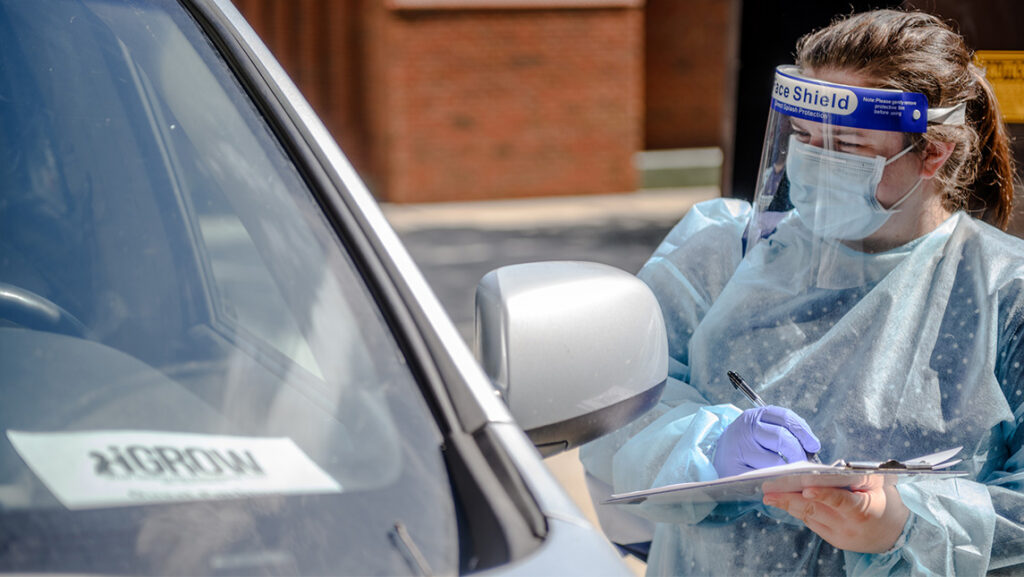 Dr. Shanmugathasan Suthaharan (Computer Science) received new funding from Fondation Voir et Entendre – Institut de la Vision for the project “Next Generation Optogenetics for Vision Restoration.”
Dr. Shanmugathasan Suthaharan (Computer Science) received new funding from Fondation Voir et Entendre – Institut de la Vision for the project “Next Generation Optogenetics for Vision Restoration.”
Rod-cone dystrophy (RCD) can be caused by numerous genetic variants that result in a range of phenotypes. The clinical imaging the researchers will use in project 1 allows them to assess these losses at the tissue level, determine the status of disease, and identify patients who may be candidates for novel treatments. It is essential for the researchers to be able to evaluate the status of the retina at the level of single cells.
Since the researchers’ objective will be to treat patients based on the status of either remaining cones, bipolars, and/or retinal ganglion cells (RGCs), they must develop tools that can identify and quantify these various cell types reliably in patients. Adaptive optics ophthalmoscopy (AOO) is the only tool that allows researchers to evaluate the living human retina at the level of single cells. Their imaging toolkit in AOO remains incomplete, with several cell classes such as bipolar cells and photoreceptor nuclei yet to be revealed.
Since light must pass through these structures to reach the photopigment in the outer segments of the photoreceptors, they scatter very little light and are nearly transparent. In normal healthy eyes, the photoreceptors provide a strong signal from directionally backscattered light that masks the signal from these other structures that may be more weakly scattering. Off-axis imaging approaches minimize the collection of directionally backscattered light to optimize the detection of weakly backscattering structures. Multi-offset detection has been shown to successfully image inner retinal neurons, including RGCs.
In non-human primates this approach achieved subcellular resolution – cells were also seen in humans, but with lower contrast. However, these early investigations have demonstrated that these tools require further refinement before they can be successfully deployed routinely on patients. Imaging of other weakly scattering structures such as bipolar cells or photoreceptor nuclei has not yet been demonstrated and requires additional work to understand how imaging configuration may be optimized to achieve this goal.
Finally, these off-axis techniques have yet to be fully characterized in patients that have missing photoreceptors due to disease, so it is essential that researchers understand the limitations and advantages in these conditions, which differ substantially from what is encountered when imaging normal eyes with intact retinal layers. The researdhers hypothesize that these approaches may be more effective at visualizing remaining cells when the strong signal from the cones is absent in RCD and that improved detection techniques and image processing can be used to enhance the contrast of the remaining cells in RCD, revealing the cells that are undetectable in normal eyes and enhancing our imaging toolkit for RCD.


